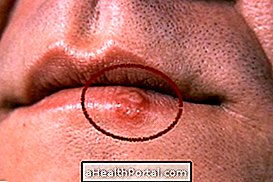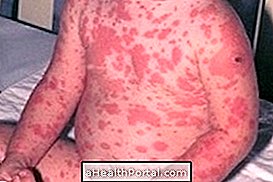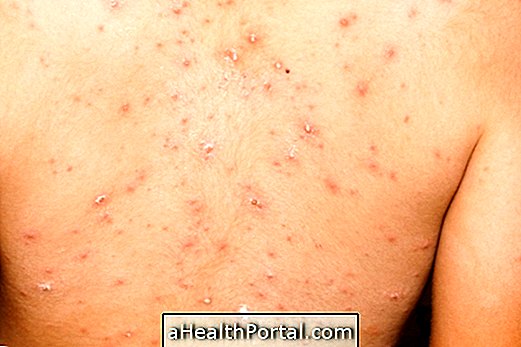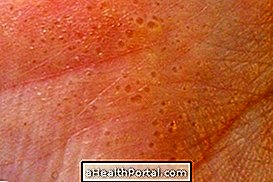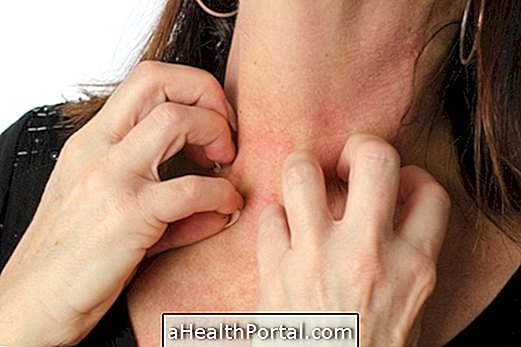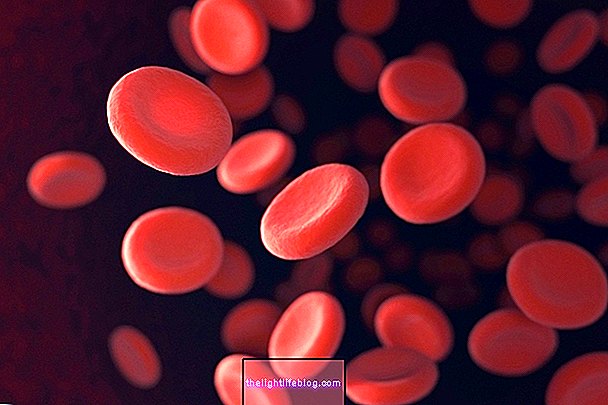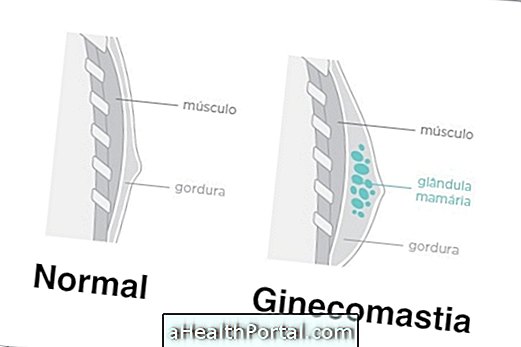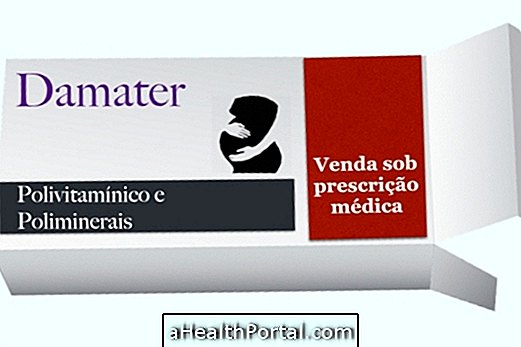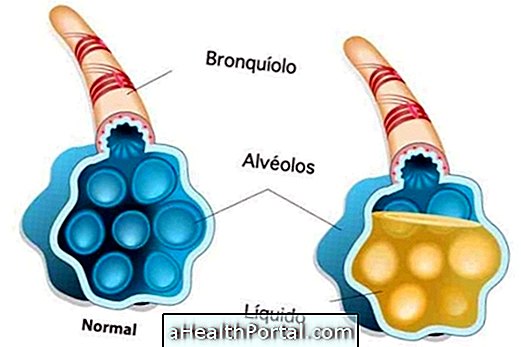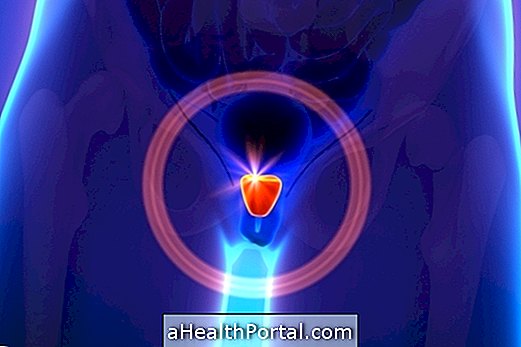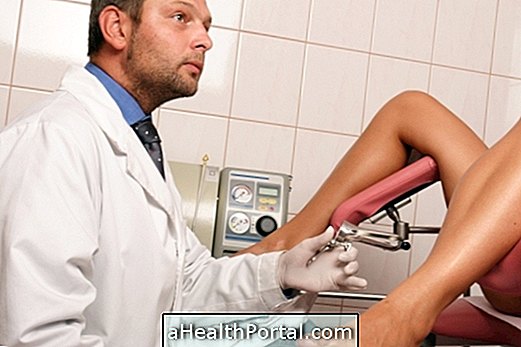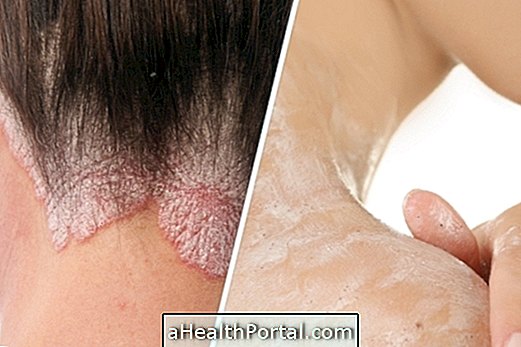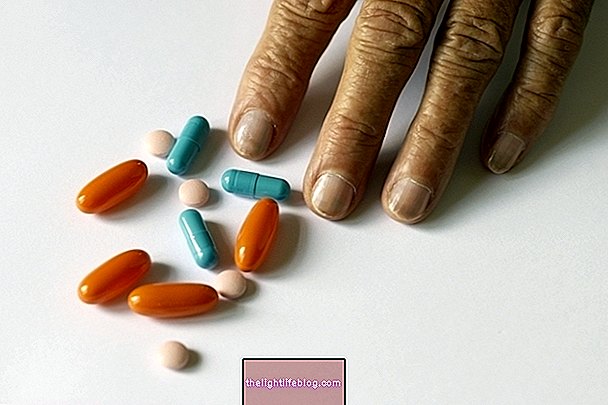Dystrophic epidermolysis bullosa, also known as dystrophic bullous dermatitis, is a serious skin disease that is hereditary, and is due to mutations in genes responsible for forming proteins that allow the connection between the layers of the skin.
These defects in the proteins of the skin, make the carriers of this disease develop, from the first days or months of life, skin lesions, blisters and scars, in any region of the body, including the mouth and esophagus, and deformities in feet and hands, which greatly affect the quality of life of the affected person.
Although there is no cure, epidermolysis bullosa treatment involves wound care, nutrition and pain control, and surgery may be indicated in cases of scarring that impairs movement or the ability to swallow.
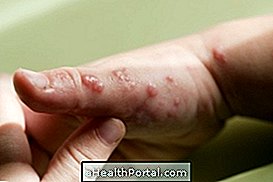

Source: Centers for Disease Control and Prevention
Main symptoms
In dystrophic bullous dermatitis, skin lesions arise due to minor strokes, rubs or scratches on the skin, which is extremely fragile and causes its layers to peel easily. The main signs and symptoms are:
- Blistering of the skin;
- Red and scaly skin;
- Appearance of scars on the skin;
- Pain, which can be very intense, when the lesions arise;
- Nail loss;
- Deformities in hands, feet and joints;
- Narrowing of the esophagus, making it difficult to swallow food;
- Anemia;
- Growth retardation.
The blisters can spread throughout the body and increase in size, making it difficult to heal and increase the chances of infection.
In addition to the skin, other organs of the body may be affected by dystrophic bullous dermatitis, and the main ones are the teeth, gastrointestinal tract, respiratory tract, urinary tract, eyes and blood vessels, especially in people who develop more severe forms of the disease.
How to confirm
The diagnosis of dystrophic bullous dermatitis is made by a dermatologist, through analysis of the patient's symptoms and skin lesions. However, the diagnosis is confirmed by screening for mutations in the gene.
Understand how the dermatological examination that detects skin lesions is done.
What are the types
Dystrophic epidermolysis bullosa can be differentiated into two types, according to the type of genetic alteration that originates it and the form of transmission from parents to offspring:
- Epidermolysis bullosa recessive dystrophic (variation of Hallopeau-Siemens), which is transmitted when both parents are carriers of the gene and is more severe;
- Epidermolysis bullosa dominant dystrophic (Cockayne-Touraine disease), which can be transmitted when only one of the parents carries the defective gene, but has a lighter clinical picture.
In addition to dystrophic epidermolysis bullosa, there are other types of epidermolysis bullosa, called simple and junctional, which also cause extreme fragility and appearance of skin lesions, but present some differences. Understand better the differences between the types of epidermolysis bullosa and how to treat.
How is the treatment done?
Dystrophic bullous dermatitis has no cure, however, it is possible to treat the wounds so as not to infect, and daily dressings should be performed on the skin to keep them free of microorganisms and facilitate their recovery. In addition, the use of analgesic or anti-inflammatory drugs that combat pain is recommended.
Treatment with surgery may be necessary when the lesions cause scars that disrupt the aesthetics and well-being of the affected person as they may cause changes in the ability to swallow food or contractures in the feet, hands, or joints of the body.
